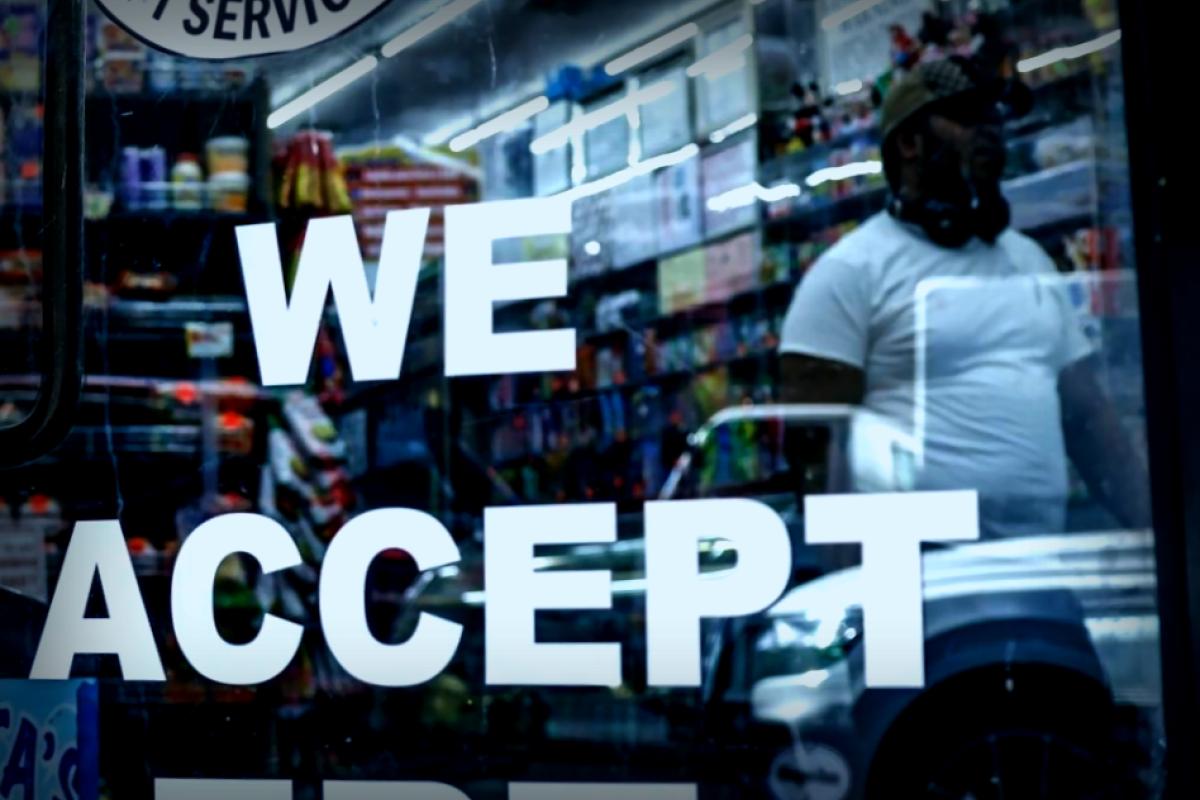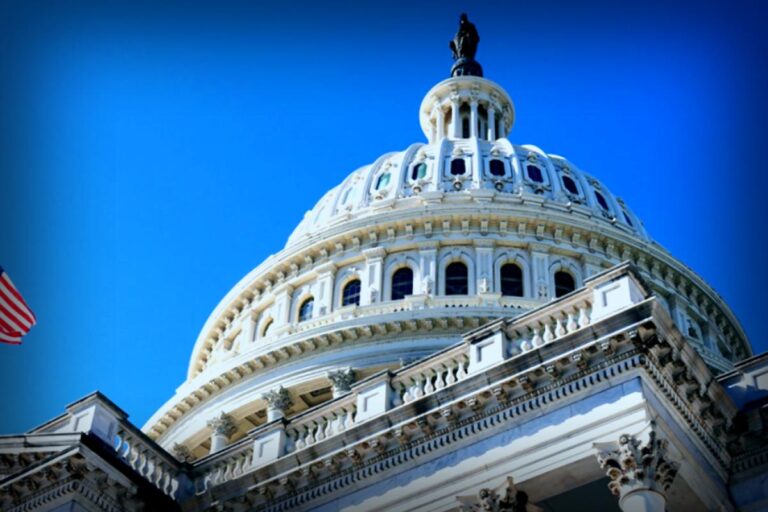As the federal government shutdown drags into its second month, countless Americans are inching towards a financial crisis. By November 1, four key federal assistance programs that support low-income families will be out of funds.
Among those affected are families losing access to critical aid. Ashley Trent, a 37-year-old mother from Bloomington, Illinois, is particularly anxious about the potential loss of support from the Supplemental Nutrition Assistance Program (SNAP), often referred to as food stamps, along with the Women, Infants, and Children (WIC) program that assists mothers with young kids.
“I’m really stressing about how I’m going to pay for everything,” said Trent, who juggles a full-time job as a housing navigator and six kids. “It’s daunting to think about which bills I might have to put on the back burner. With colder weather coming, I also need to gear up my kids with warmer clothes, on top of car payments and insurance!”
According to the USDA, which oversees SNAP and WIC, they will stop issuing payments come November 1 because of the ongoing government shutdown. The Head Start program that aids 65,000 low-income kids is also set to lose federal funding soon, which could lead to significant disruptions for thousands of families, as highlighted by the National Head Start Association.
On top of that, the Low Income Home Energy Assistance Program (LIHEAP), assisting families in keeping their homes heated during winter, is likely to face a funding shortfall too.
Stalling funds for such essential programs—as they support food, education, and energy costs—could have lasting impacts on families already grappling with elevated grocery bills and utility expenses. Ailen Arreaza, who runs ParentsTogether Action, emphasized, “We’re hearing about parents in desperation, skipping meals, and having to choose between paying bills and getting important medications. The implications are huge; these kids depend on these programs to thrive.”
SNAP and its Impact
Set to end payments on November 1, SNAP affects around 42 million Americans who are left uncertain about how to secure groceries next month. On average, recipients benefit from about $187 monthly via prepaid cards redeemable at grocery stores, farmers’ markets, and various retailers.
However, there’s a flicker of hope: Recent rulings from two federal judges in Massachusetts and Rhode Island mandate that the Trump administration uses contingency funds to provide at least some SNAP benefits. The government needs to respond by Monday regarding their plans to release these funds for continued assistance.
Meanwhile, at least a dozen states are actively probing ways to bridge the gap by deploying state resources to backup private food banks. Yet, charity leaders caution that they can’t fill the void left by such a sudden loss of food stamp support.
“It’s going to be devastating for us,” Taylour Grant, a Tampa medical assistant, shared. She relies on nearly $970 each month from SNAP to feed her four kids, alongside WIC support for her one-year-old. “The thought of going without food to ensure my kids are alright is terrifying,” she added.
It’s essential to note that many people misjudge the demographics that rely on SNAP. “It’s not a choice; we’re on it because we have to be. It’s vital assistance, especially with the cost of living these days,” Grant pointed out.
WIC on the Brink
Approximately 7 million low-income pregnant women, new moms, and kids under five are possibly facing a loss of WIC benefits next month due to the government shutdown.
WIC offers targeted funds specifically for purchasing nutritious food and baby formula for mothers and infants, often in tandem with SNAP, highlights Georgia Machell, CEO of the National WIC Association.
“The services these programs provide interlink closely,” she elaborated. “Families using WIC frequently also tap into SNAP after all.”
Previously, WIC maintained its funding by utilizing $300 million from leftover revenues, even amid October’s government closure, but the prolonged standoff may soon exhaust these resources.
The USDA has yet to clarify if it can utilize additional revenues, but current signals indicate that as of November 1, payments are officially delayed, as reiterated by the National WIC Association. Historical facts indicate that WIC has successfully maintained its operations during past shutdown scenarios, causing concern that disruptions now would mark an unprecedented occurrence.
Despite some states offering to step in with their funding for WIC, many are constrained by limited budgets, according to estimates from FRAC.
Head Start Impacts
Nonprofit Head Start programs in 41 states and Puerto Rico risk losing financial backing as the shutdown stretches past November 1, which may jeopardize the education of around 65,000 children enrolled—of 750,000 nationwide.
Directors of such regional programs worry that most won’t withstand prolonged hiatuses in federal funds.
“Everyone is scrambling to find ways to keep families supported while ensuring kids stay in class,” stated Michelle Haimowitz, executive director for the Massachusetts Head Start Association. “Running programs without these federal subsidies is exceptionally challenging.”
For instance, Minnesota mother Jaycee Chrudimsky is concerned that a local Head Start closure would force her into missed work while complicating the learning experience for her 4-year-old daughter. “It worries me how this will affect her routines and social interactions since she looks forward to seeing her peers daily in the program,” she shared with CBS News.
LIHEAP Under Threat
Another crucial program at risk is the LIHEAP, which serves around 6 million low-income households with their energy bills. Mark Wolfe, executive director of the National Energy Assistance Directors Association, highlighted that the current shutdown will trigger serious delays in LIHEAP funds disbursement.
Such a delay could mean more families struggling with unpaid utility costs or even facing power shutoffs, especially considering the spike in energy prices reported recently.
NEADA has projected an almost 8% increase this winter in home heating costs, underscoring how this situation creates a severe crisis for mid-to-low income families.
“This is shaping up to be a ultimate disaster for many households,” Wolfe concluded.



















